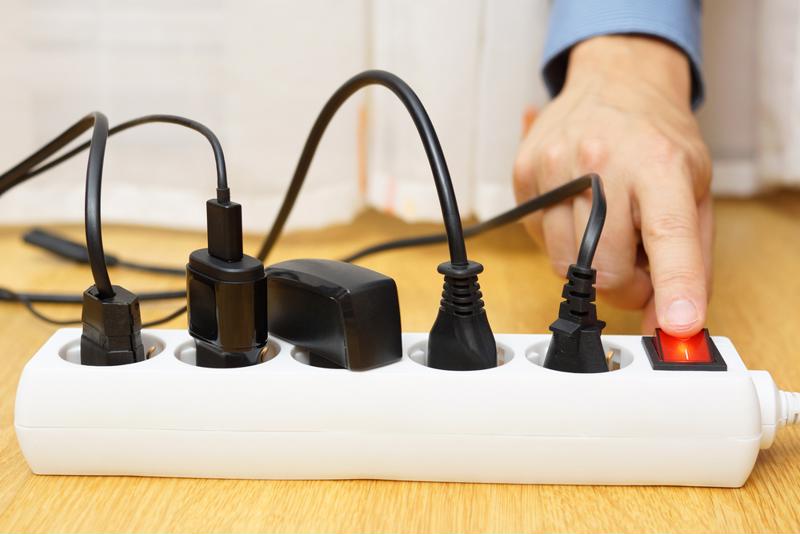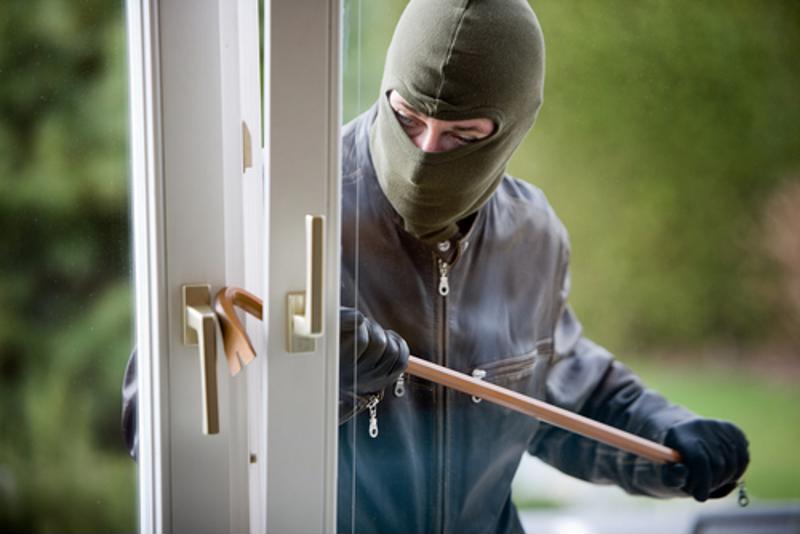After 2008, the housing market took multiple blows as homeowners defaulted on loans, residential values dipped drastically and a lack of job creation led to a stagnant sector. Since then, The Wall Street Journal reported that home buying has bounced back.
Roughly 5.5 million homes were sold in May of 2016, the most since February of 2007, according to available data gathered by the National Association of Realtors. Even with the jump in sales, the average home still sells $40,000 less now than it did in 2005.
The low national unemployment rate suggests these trends will continue, making it a competitive market for sellers. Get a step up on the competition and have your home inspected so you can obtain the price valuation you’re looking for.
Thanks for watching, tune in next time for more news.




